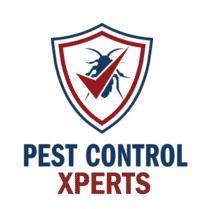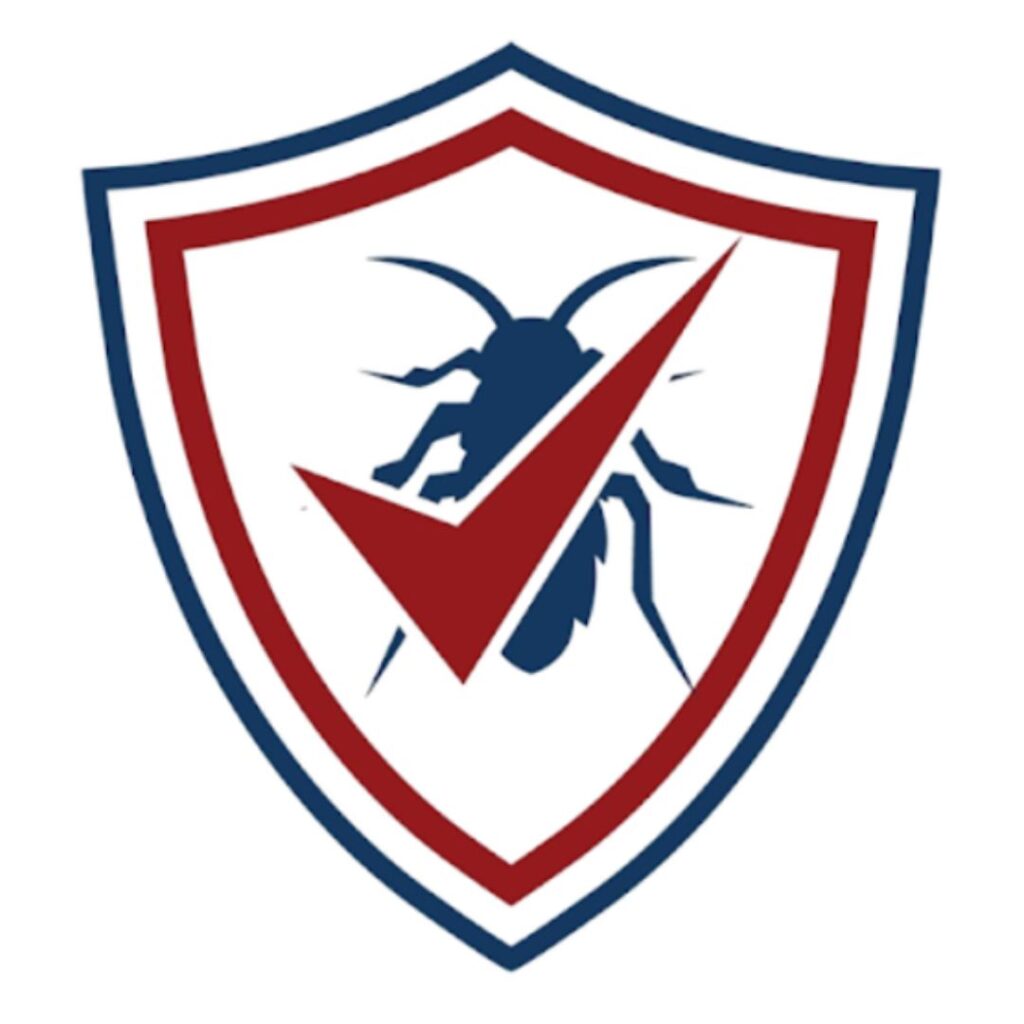Can’t Wait? Need To Speak With A Pest Pro Immediately?
Call Apalachin Pest Control Xperts And Speak With Someone Immediately!
Apalachin Pest Control Xperts — Integrated Pest Management for Tioga County’s Southern Gateway
Apalachin Pest Control Xperts provides advanced pest management that shields residences, public buildings, and production facilities throughout Apalachin and the surrounding southern tier. Positioned between the forested ridge of South Mountain and the southward bend of the Susquehanna River, Apalachin features verdant recreation at the Waterman Conservation Education Center, seasonal celebrations at the Firemen’s Field Days grounds, family fishing at the Apalachin Marsh boat launch, and commuter connections along State Route 434. While these landmarks enrich daily life, the same riverbank humidity, wooded slopes, and aging infrastructure create inviting harborage for ants, termites, mosquitoes, rodents, roaches, and dozens of other pests.
This in‑depth homepage explains how our expert pest technicians deploy integrated pest management (IPM) to solve present infestations, prevent future invasions, and maintain safe, healthy environments through every season. Explore the sections below to learn the local pest calendar, discover specialized treatment options, and collect best‑practice tips you can implement today.
The Necessity of Continuous Pest Prevention in Apalachin
The Susquehanna’s floodplain produces moist air in summer, freeze–thaw cycles in winter, and a high water table year‑round. Small foundation shifts, masonry cracks, and siding gaps supply insects and rodents with perfect entryways. Left unchecked, pests can quickly erode structural integrity, create health hazards, and interrupt routine operations.
- Health hazards increase when cockroaches track bacteria across food prep surfaces, mice leave droppings in HVAC ducts, and ticks lurk near backyard play areas.
- Structural damage rises as subterranean termites hollow joists, carpenter ants excavate porch rails, and rats sever electrical insulation.
- Operational disruptions escalate when hornets nest over building entrances, fruit flies swarm in commercial kitchens, or stink bugs appear on showroom windows.
- Long‑term costs multiply the longer infestations remain hidden—moisture rot, wiring repair, and sanitation downtime are always pricier than early exclusion and periodic pest inspections.
A proactive program—anchored by thorough inspections, exclusion techniques, sustainable treatments, and data‑driven monitoring—protects people, property, and budgets alike.
Seasonal Pest Pressures along the Susquehanna Corridor
Spring (March–May)
• Snowmelt saturates soil, activating subterranean termite foraging toward cellar sill plates and landscape timbers.
• Carpenter ants seek softened deck posts and neglected fence rails.
• Earwigs and silverfish emerge from cardboard stored in basements, escaping late frosts.
• Cluster flies buzz around attic louver vents, and spiders weave new webs in barn rafters.
Summer (June–August)
• Warm breezes off the marsh create prime mosquito breeding zones; mosquito control becomes essential for outdoor events at Firemen’s Field Days.
• Flea treatment intensifies as larvae mature beneath shaded lawns where pets rest.
• Yellow jackets burrow near the soccer fields behind Riverside Drive; wasp removal prevents stings during community gatherings.
• Pantry moths infest bulk grain at local produce stands, and pavement ants build mounds alongside sidewalks.
Autumn (September–October)
• Cooler nights push mice from brush piles into storage rooms, and rats seek warmth in utility chases beneath manufacturing bays off Route 17 exit 66.
• Stink bugs and boxelder bugs blanket sun‑drenched siding on Pennsylvania Avenue, sneaking into attic voids before frost.
• Spiders spin heavier webs in elevator shafts as outdoor insect populations decline.
• Field crickets chirp in laundry corners and boiler rooms.
Winter (November–February)
• Heated interiors lure cockroaches from dumpsters into dish pits; roach extermination spikes when sanitation standards slip.
• Stink bugs bask on window panes during sunny afternoons, and cluster flies buzz light fixtures at Waterman’s weekend workshops.
• Mice gnaw through insulation in attics, while silverfish consume paper goods near steamy dryer vents.
• Some carpenter ant colonies remain active inside wall voids warmed by hot‑water pipes.
Aligning barrier treatments, bait station refreshes, and exclusion repairs with this calendar keeps pests from taking hold.
Apalachin’s Most Frequent Invaders
Pest Concern | Typical Hideouts | Recommended Service |
Pavement & odorous house ants | Pantry edges, driveway cracks | Ant control using non‑repellent baits |
Carpenter ants | Moist sill plates, porch supports | Carpenter ant removal plus moisture mitigation |
Subterranean termites | Crawl‑space footings, fence posts | Termite inspection and bait‑or‑liquid termite treatment |
Bed bugs | Traveler lodging, upholstered seating | Bed bug eradication via heat remediation |
German & American cockroaches | Restaurant drains, storerooms | Roach extermination with growth regulators |
Mice & rats | Ceiling voids, storage racks | Mice extermination, rat control, rodent barrier installation |
Spiders | Attic corners, barn rafters | Spider removal and web cleanup |
Mosquitoes | Marsh edges, rain barrels | Mosquito control including larvicide applications |
Ticks | Brush piles, stone walls | Tick removal perimeter sprays |
Wasps, hornets, yellow jackets | Porch eaves, soffit gaps | Wasp removal, hornet removal |
Fleas | Pet bedding, carpet seams | Flea treatment plus sanitation follow‑up |
Silverfish & earwigs | Damp basements, locker rooms | Silverfish control and earwig extermination |
Boxelder & stink bugs | Attic vents, clapboard gaps | Stink bug control, exterior sealing |
Field crickets | Cement crawl spaces, boiler areas | Cricket extermination, humidity reduction |
Pantry weevils & moths | Dry‑goods storage | Weevil extermination with pest sanitation services |
Additional pests such as Asian lady beetles, phorid flies, or invasive spotted lanternflies are addressed through adaptable treatment plans built on the latest entomological research.
Our Integrated Pest Management (IPM) Blueprint
- Pest inspection and tracking
Glue boards, ultraviolet flashlights, infrared moisture readers, and wireless pest detection systems reveal current infestations and hidden entry routes from slab to ridge vent. - Precise species identification
Correctly recognizing a house mouse versus a white‑footed mouse or a pavement ant versus a carpenter ant ensures targeted bait selection, placement, and exclusion adjustments. - Exclusion and pest proofing
Door sweeps, stainless‑mesh vent screens, crack caulking, and foam sealing close pathways. Rodent barrier installation at corners prevents gnaw points, while sill plates receive metal flashing if carpenter ant activity is chronic. - Habitat modification
Vapor barriers and dehumidifiers lower crawl‑space moisture; downspout extensions carry runoff beyond drip lines; mulch beds remain shallow; and vegetation is trimmed six inches from siding. - Targeted extermination services
Green pest control leads where possible—borate dust for ants, essential‑oil aerosols for spiders, insect growth regulators for roaches, and whole‑room heat for bed bug eradication. Severe infestations may warrant non‑repellent residuals or, rarely, home fumigation following strict safety protocols. - Regular monitoring and resistance planning
Scheduled visits refresh bait systems, evaluate trend data, and refine preventative pest measures as buildings age, landscapes evolve, and weather patterns shift.
Residential Pest Control along the River Road Corridor
Interior interventions
• Ant extermination beneath sinks, fly control using UV lights in sunrooms, earwig extermination around sump pumps, silverfish control in closets, and bed bug eradication in guest spaces.
• Roach extermination behind stoves, spider removal from attic trusses, and stink bug vacuuming near dormer windows.
Exterior defenses
• Mosquito control through larvicide briquettes in French drains, perimeter sprays at tree lines, and standing‑water audits around outbuildings.
• Wasp removal on deck rail undersides, hornet nest extraction from gable peaks, and boxelder bug treatments on cedar shake siding.
• Termite treatment using baiting systems around crawl‑space piers with annual termite inspection follow‑ups.
Sustained protection
• Moisture remediation keeps RH below fifty‑five percent in basements; attic dusting creates a long‑lasting insect shield; and granular barriers renewed each season stop ant re‑invasion.
Commercial Pest Services near Exit 66
- Food preparation venues—Roach infestation control with growth regulators, drain foaming to remove fly eggs, carpet beetle monitoring around dry‑goods racks, and hygienic pest removal training for kitchen staff.
- Retail and office spaces—Ant control in break areas, quarterly bed bug inspections of soft seating, and silverfish control in archived document rooms.
- Light‑industrial complexes—Rodent removal from pallet aisles, insect light traps above conveyor belts, pest proofing of dock levelers, and pest tracking reports that meet third‑party audit standards.
- Emergency pest control—Rapid wasp removal near entryways, flea treatment after employee bites, or mice extermination ahead of health inspections is handled with priority dispatch.
Popular Long‑Tail Solutions Explained
- How to get rid of termites in your home quickly: Install subterranean bait stations at eight‑foot intervals, apply direct‑wood foams in active galleries, and patch plumbing leaks that create soil moisture.
- Best way to exterminate bed bugs without chemicals: Whole‑structure heat raises room temperature above 135 °F, followed by mattress encasement and targeted steamer passes along baseboards.
- What to do if you find a wasp nest in your attic: Keep the access panel closed, minimize vibration, and schedule dusk‑hour extraction by suited professionals who apply residual dust at entry points.
- Tips for preventing rodent infestations in winter: Store bird seed in metal bins, install brush‑style door sweeps, screen dryer vents with ¼‑inch hardware cloth, and maintain a one‑foot vegetation gap around the foundation.
- Effective cricket control methods for basements: Reduce humidity to below fifty percent, seal sill‑plate seams, and set sticky monitors along baseboards behind water heaters.
Each targeted protocol folds into a larger pest resistance plan customized to the property’s construction, usage patterns, and surrounding habitat.
Green Pest Control Choices
Environmental stewardship is central in Apalachin, where the Waterman Center educates about wetlands conservation and the marsh boardwalk attracts wildlife enthusiasts. Apalachin Pest Control Xperts offers ecologically minded treatments that protect these natural assets:
- Botanical formulations based on clove, rosemary, and geraniol oils disrupt insect neural pathways without harsh residues.
- Cryogenic CO₂ freezes hornet nests instantly, eliminating colonies in sensitive recreation zones.
- Beneficial nematodes applied to turf consume grubs, curbing mole attraction without synthetic chemicals.
- BTI briquettes in marsh‑edge flood pools neutralize mosquito larvae without affecting fish, amphibians, or pollinators.
All green options are matched to pest biology, exposure risk, and customer preference.
Five Preventative Practices Every Property Can Adopt
- Waterproofing against pests—Fix gutter seams, extend downspouts four feet, grade soil away from foundations, and insulate cold pipes to reduce termite and silverfish attraction.
- Pest barrier installation—Replace damaged weather stripping, foam around cable conduits, and install door sweeps to block rodents, spiders, and earwigs.
- Pest sanitation services—Deploy enzymatic cleaners in floor drains, rotate dry‑goods stock by date code, and wipe sugar spills promptly to starve roaches and ants.
- Landscape vigilance—Maintain mulch under two inches, trim tree limbs three feet from roofs, store firewood off‑grade, and clear leaf litter to deter ticks and earwigs.
- Pest assessment services—Schedule periodic pest inspections before spring swarm season and fall rodent migrations to detect subtle warning signs early.
Implementing these measures—alongside professional pest management—creates a robust, year‑round pest deterrent strategy.
Why Apalachin Pest Control Xperts Leads the Region
- Local familiarity—Decades serving Tioga County mean understanding river‑flood dynamics, steam‑heated crawl‑space quirks, and seasonal pest fluctuations unique to the SR 434 corridor.
- Comprehensive pest solutions—From residential bug extermination to industrial pest control for logistic hubs, our programs scale to any footprint.
- Advanced pest control techniques—Infrared moisture mapping, remote bait‑station sensors, and whole‑structure heat units accelerate problem resolution.
- Environmentally responsible methods—Green extermination options align with conservation goals championed by the Waterman Center and regional watershed groups.
- Expert pest technicians—Continuous field training guarantees precise identification, safe pest management, and courteous communication.
- Data‑driven prevention—Pest tracking dashboards, trend analysis, and pest resistance plans inform barrier timing that adapts as structures age and climate shifts.
Take the Next Step toward a Pest‑Free Environment
Protecting a structure near Riverside Plaza, maintaining facilities along SR 434, or preserving historical charm on Pennsylvania Avenue is easier with Apalachin Pest Control Xperts. Our integrated pest management eliminates current infestations, fortifies buildings against future threats, and supports a healthy environment for every occupant and visitor.
Call to schedule a comprehensive pest inspection. Together we’ll craft a plan for complete pest elimination, sustainable prevention, and ongoing confidence that insects and rodents stay outside where they belong.



